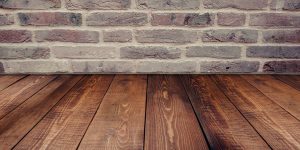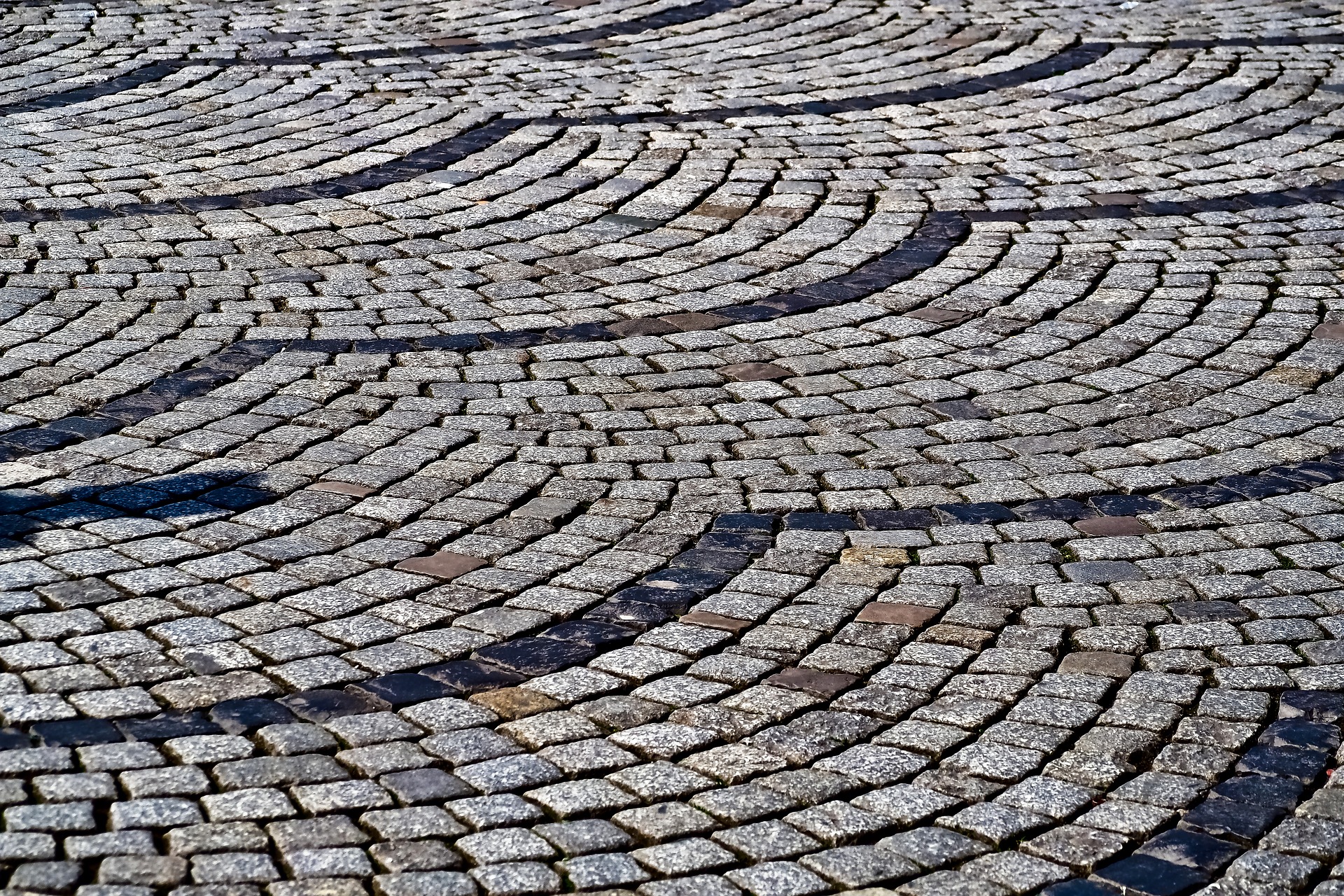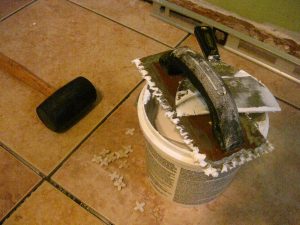You Need to Ask the Right Questions If You Want to Get the Right Answers
 Over the last several years floorcovering has gone from a few simple choices to so many that it can make your head spin. It used to be that carpet, sheet vinyl and wood were your main options. Now the number of various products, styles and finishes are overwhelming. Currently the trend is moving more and more to the solid surface products.
Over the last several years floorcovering has gone from a few simple choices to so many that it can make your head spin. It used to be that carpet, sheet vinyl and wood were your main options. Now the number of various products, styles and finishes are overwhelming. Currently the trend is moving more and more to the solid surface products.
When working with customers, I point out these differences and help them work through the process of choosing the right flooring product for their specific situation. Many times, they thought they knew what they wanted until I start asking them questions.
As always, the best place to start is why. Why are you going to install new flooring? Is it necessary, i.e. no flooring or because what’s there now is worn out. Is it because you want a new fresh look? Whatever the reason you want/need new floorcovering, you need to begin with a clear why.
Once you have determined your why, then the real head spinning can begin.
When determining which solid surface product to use, these questions should be answered:
-
Product choices. Here is a list of the main solid surface products on the market today –
- Solid wood
- Engineered wood
- Bamboo
- Plastic laminated
- Ceramic tile
- Luxury vinyl
- Sheet vinyl

-
Appearance –
- How it looks. Does it appear real or artificial?
- How it feels to the touch?
- How it feels when walking on it?
- How it sounds when walking on it?
-
Durability –
- What is the wear surface?
- What is the life expectancy?
- Does furniture cause indentions?
-
Cleaning and maintenance –
- Does it require any special product for cleaning?
- Will it need to be mopped?
- Does it have beveled edges or grout joints?
- How smooth is the surface?
-
Price –
- Initial product cost?
- Installation cost?
- Longevity costs?
- Misc. related costs, special trims, transitions etc.?
-
Installation methods and requirements –

- Nail down?
- Glue down?
- Floating?
- Underlayment?
-
Location to be installed –
- Wood subfloor or concrete?
- Room (kitchen, bathroom or living space)?
- Below grade (basement)?
- Traffic (foot or rolling furniture)?
- Interior or exterior?
-
Ability to be repaired –
- Can a single piece be removed and replaced?
- Can it be refinished?
Just going through this list is a lot to digest. To keep your head from spinning too far today, we’ll stop here for now. Next week we will go into the specifics of the different products and how they can either solve your flooring problem or become the problem.
Here are some links to various solid surface products.
If you have any specific questions about the products or topics listed here or would like to discuss some other product(s) contact us in the comment section below.



It is VERY important to consider the kind of abuse your flooring will be required to withstand. The people that owned our house before us installed an engineered hardwood floor that is sensitive to moisture. In the kitchen. It’s hard to have functional/clean kitchen when you have to keep the floors dry.
When you say “engineered hardwood” floor, are you talking about a laminated floating floor or a true wood. Neither are the best solution for a bathroom or kitchen. I haven’t been a big fan of the laminated floor for that reason. I also don’t like the way the floating floors sound when walking on them. More details about flooring to come. Thanks for the comment.